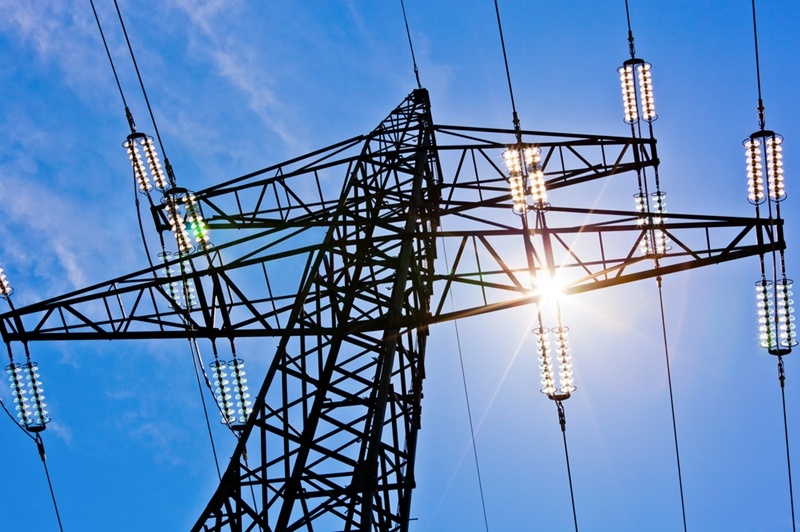California balances the good with the bad amid energy rate reform
California has officially overhauled its residential energy rate structure. In a landmark decision, members of the California Public Utilities Commission voted to reduce the original four-tiered system of assigning utility rates down to only two tiers. According to SFGate, the disparity between the most energy efficient residential ratepayers and the highest-paying electricity users had gotten so great, suppliers found themselves paying more to export power to some than they received back in utility payments.
The decision by CPUC is widely seen as an effort to update the regional grid in a way that finances the actual cost of doing business. However, many opponents take the measure as a slap in the face, as it purportedly raises rates for the most energy efficient across the state. Though some might be appalled by sticker shock, this adjustment could address the greater issues at stake, one of which is decreasing peak energy demand.
Trimming the fat without wasting away
As mentioned earlier, CPUC used to operate with four separate divisions for state ratepayers. Utility Dive reported this structuring adjustment came on the heels of California's 2001 energy crisis. Charging industrial end users and other top-bracket consumers more protected other lower-level residents from market turbulence. But that was almost 15 years ago, and the state of California believes it's ready for a change.
"Evening the extreme mid-day consumption climb puts less strain on the grid."
Opponents to the alteration say the benefits of the old way far surpass the new. They justify exorbitant rates for high-tier energy users as a lesson in conservation. Hefty monthly utility fees would theoretically push this echelon toward investing in efficiency and even on-site renewable energy technology like solar panels. By instituting reform that brings costs down for the biggest consumers of energy, it could lead to the inverse.
However, as CPUC wrote in its decision, not only is there no evidence to support these claims, but most customers aren't even aware of what tier they fall into, let alone understand the tier system enough to reconfigure company policy in response to it. Moreover, CPUC argues cost hikes are merely one facet to the changes - an unfortunate, but necessary side effect. Other factors to consider include developing a more flexible grid. As it stands, the massive influx of solar generation creates a deep afternoon consumption trough, which then leads to a steep capacity ramping once the sun sets and everyone begins relying on the grid. Evening the extreme mid-day consumption climb puts less strain on the grid. It also helps prevent overproduction on behalf of generators who have to respond to the sinking bell curve.
Building anew without forgetting the past
Culling the tiered system down to just two slots with a 25 percent difference is just part of revamped rate reform in California. According to Greentech Media, residential customers who soak up more than 400 percent of the average consumption rate of those in their tier will receive a steep "super-user electric surcharge." This should only impact between 2 and 10 percent of residents and won't go into effect until 2017.

Additionally, investor-owned utilities will be pushed to institute more intelligent time-of-use regulation. CPUC hopes this will push consumers across both tiers to begin using electric in a manner that meshes with solar generation. Again, encouraging residents to consider when they plug in - rather than if they should at all - will level out consumption over the course of a given day.
In regards to solar, California has opted to apply a $10 minimum for all net-metered households. The distinction between this and imposing a fixed charge is important. Instead of tacking $10 onto every energy bill, California solar enthusiasts will have to pay at least $10 for their energy every month, regardless of how much sunlight they convert into useable energy. This will not only allow energy providers to stay in business as more Californians turn to renewables, but won't hurt solar adoption rates along the way.
This content is property of ESCO Advisors and all reproductions must reference and link back to the ESCO Advisors website.
Share this
You May Also Like
These Related Stories
CA utilities want rooftop solar added to new regulation [Video]

Massachusetts energy companies unite to plot grid modernization


